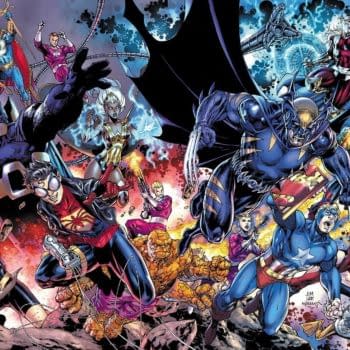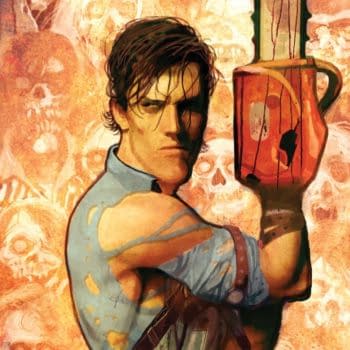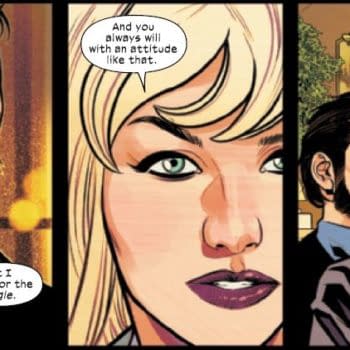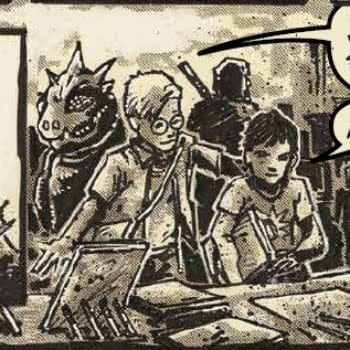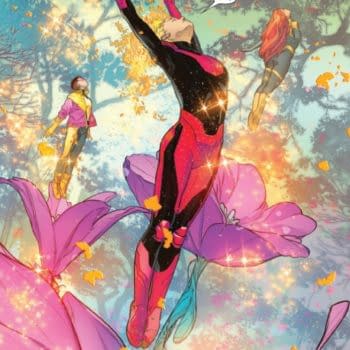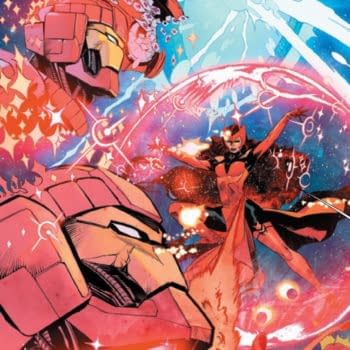Posted in: Comics | Tagged:
Process Is The Topic of the Day At C2E2's Writing For Comics Panel
Robert Goode wrote for Bleeding Cool from C2E2,
It was all about process as comics writers came to discuss their work at C2E2 on Saturday. The panel was moderated by writer and teacher Andy Schmidt (The Insider's Guide to Creating Comics and Graphic Novels) who led the discussion with fellow panelists Justin Jordan (Luther Strode, DC), Ivan Brandon (Drifter), Kenny Porter (Top Cow), and Paul Allor (Marvel, IDW).
Schmidt started the discussion with the question of what kind of writing regiment (if any) the panelists followed and what kind of training they had. Justin Jordan was the first to answer that he does not have any formal writing training, and that he started by writing film scripts and five page stories. Ivan Brandon seconded this, saying that he started in much the same way.
Kenny Porter however had a slightly different take. He said that while he did have formal training as a writer, it was not the training that has been the greatest help with developing his skills, but rather just writing as much as possible. "Find the people you like and work with them as much a possible."
Justin Jordan added, "Start with reasonable goals. Start writing stuff no matter what it is."
Another question was about where their ideas come from.
According to Ivan Brandon, "It can be anything. It can be a title. It can be a character that just pops into your head."
The other panelists agreed. Their ideas do not necessarily start with a beginning, middle, and end. Jordan did say that he still outlines a lot, but all that really matters is how many pages you finish and that finishing something is the most important part.
When asked about working with artist, the group gave several tips.
The first thing mention was that it's not the writer's job to describe what the artist should draw. It's to tell them what the action is, and let the artist come in and add their take. Justin Jordan tries to make sure his scripts are no longer than the pages in the comic and usually shorter, adding that you should limit what you say to the meat of the story.
Ivan Brandon said, "Write to inspire the artist", and "The more visual minded you can be, the more the artist is going to respect that." They recommended writers get books on art, coloring, lettering, and anything else that can help expand your vocabulary to talk with the artist. A writer's relationship with the artist is very important. Figure out what your strengths are and do the same for artists. If you can get to the point where you clearly know how an artist works, it will make them like working with you. Also, be sure to ask what they like doing and look at their work (especially look at what they do on their own – warm up or for fun).
The panel ended with a familiar statement: there is no one right way to write a script when working in comics. As a writer, you need to be flexible and able to collaborate. What ever it takes to make that happen is the best method you can have.







